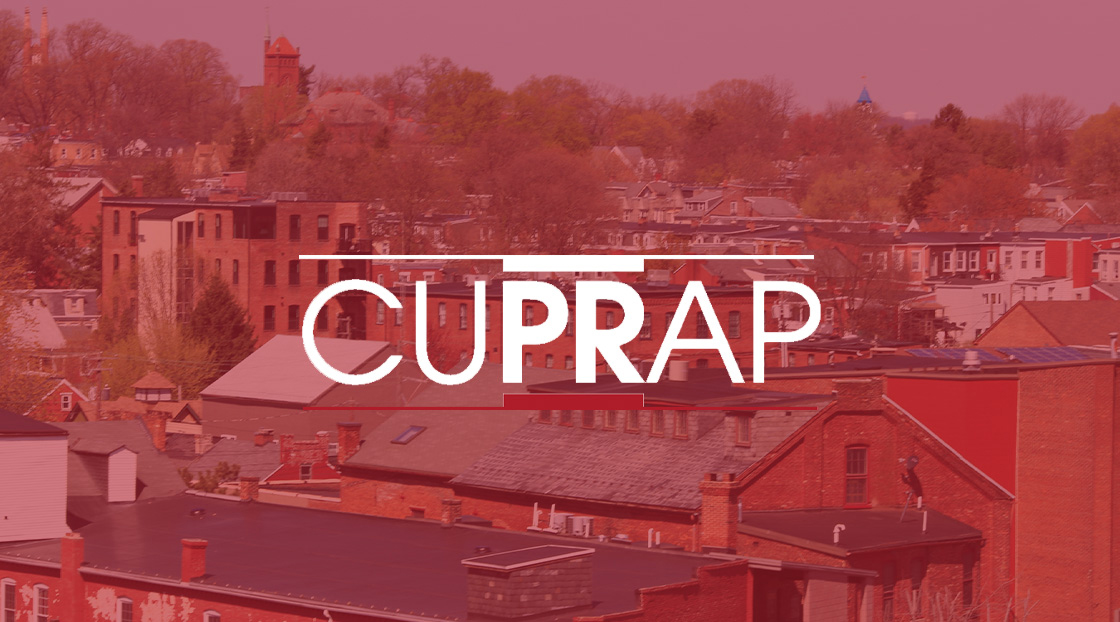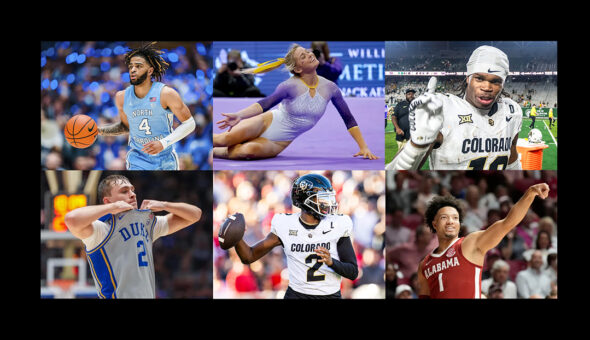“Yay, you’re here!” one person exclaimed inside an emptying conference room, excited to see an old professional friend. And in so doing, they captured a feeling that seemed to go around quite a bit at last week’s Spring Professional Development Conference, held by CUPRAP. The annual event brings together 300 or so higher ed marketers and communications professionals, offering nearly three full days of insights and, of course, socializing.
Those we spoke with said they particularly valued the chance to catch up with professional contacts, and to make new ones, but there were also plenty of learnings to be had, as well.








